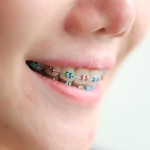
This review of self-applied topical fluorides for the prevention reversal of enamel white spot lesions during fixed orthodontic treatment included 3 RCTs two of which were at high risk of bias.
[read the full story...]
This review of self-applied topical fluorides for the prevention reversal of enamel white spot lesions during fixed orthodontic treatment included 3 RCTs two of which were at high risk of bias.
[read the full story...]
This review of the effectiveness of interventions delivered by mobile phones in improving adherence to oral hygiene advice for children and adolescents included just 2 small RCTs involving a total of 130 patients. The findings suggest that mobile phones are effective in improving adherence to oral hygiene advice in orthodontic patients.
[read the full story...]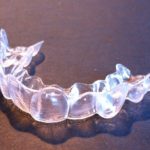
This reviews of external root resorption (ERR) in patients receiving clear aligners treatment (CAT) with those being treated with fixed appliances included 11 observational studies. While the findings suggest ERR may be lower in patients treated with CAT the quality of the evidence is limited.
[read the full story...]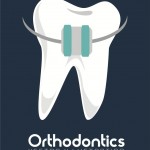
This review of the effects of micro-osteoperforation on the rate of tooth movement in patients undergoing orthodontic treatment included 6 RCTs. Although meta-analysis found a small statistical benefit in favour of micro-osteoperforation in the short term the clinical benefits particularly over the duration of a course of treatment remain unclear.
[read the full story...]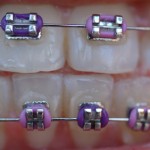
This review of direct and indirect bonding techniques for orthodontic backet placement included 8 small RCTs of limited quality suggesting no significant difference in bracket placement accuracy, oral hygiene status and bond failure rate.
[read the full story...]
This review of the efficacy of preventive interventions against the development of white spot lesions (WSLs) during fixed appliance orthodontic treatment included 23 RCTs tha majority of which were at high risk of bias. The findings suggest some benefit from sealants and fluoride varnishes but more high quality research is neeeded.
[read the full story...]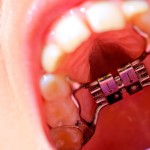
This review of bone-borne/hybrid tooth-bone-borne rapid maxillary expansion (RME) with conventional tooth-borne RME in the treatment of maxillary deficiency included 6 small RCTs suggesting some advantage for bone-borne/hybrid tooth-bone-borne appliances.
[read the full story...]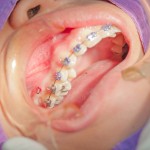
This review of mini-screws for orthodontic anchorage included 7 small RCTs of variable quality with the findings suggesting that mini-screws are more effective than conventional approaches
[read the full story...]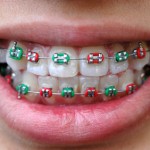
This review of the efficiency of the vibrating devices in accelerating orthodontic tooth movement identified 6 RCTs the majority being short term and at high risk of bias. The RCTs suggested no difference with the use of vibrational devices.
[read the full story...]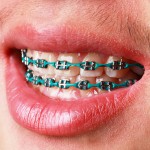
This review of different methods for reducing pain and discomfort during removal of fixed orthodontic appliances included 6 RCTs providing weak evidence for pre-debonding analgesia and other approaches.
[read the full story...]